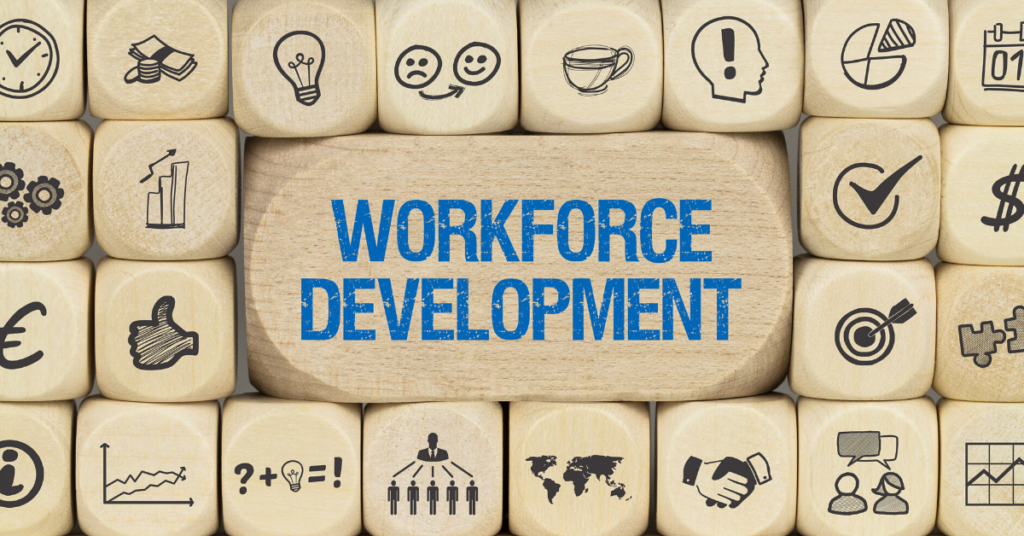![]()
In times of great uncertainty and unforeseen change, everyone from business owners to employees on the shop floor looks to HR for a way forward. Companies of all sizes are having to quickly adapt. In some industries, like healthcare and telecommunications, HR and business leaders are managing higher demands than ever, while in others, such as hospitality and travel, they are being tested like never before. Disaster plans are on the minds of business leaders, and uncertainty is in the hearts of employees.
HR plays a pivotal role in between
Why? Because when disruption happens, it’s your people that see you through. The choices HR makes in how it deploys company talent – and how it builds an agile workforce that’s engaged, productive, and ready to respond to new threats and opportunities – is what makes your business resilient and reliable.
Your challenge as an HR leader, then, is figuring out how to take charge of the changes you face by adapting how you deliver HR to fit the new reality for your business – and your employees. As more people work from home for extended periods, everything from where and when people work to how and who to pay must be reevaluated and redefined. This requires in-the-moment planning that’s based on real-world assessments of current resources, immediate needs, and long-term strategies in order to advise the business on how to best:
- Realign employees to fill critical roles: Can you quickly staff up, staff down, and redeploy talent to fit your business’ rapidly changing needs?
- Reinforce business continuity: Are you able to adapt policies and new programs to make payroll more versatile, make performance management more flexible, and create the consistency it takes to restart and sustain momentum?
- Reskill your workforce: As more people work remotely, how are you upskilling and cross-skilling your employees so they can confidently tackle the tasks at hand, while you build a team positioned for the realities and opportunities of what comes next?
Are Your HR Systems and Processes Up to the Challenge?
he key is to adapt delivery of HR with speed, agility, and as little disruption to your employees as possible. This is crucial because many employees today have had their fill of painful and disruptive change. In the quest to take charge of change, you don’t want to inadvertently add more stress, frustrate, and alienate the very people whom you are depending upon to see you through. And that’s all too easy to do with most HR solutions today. The user experience is often cited as the number-one pain point by users of HCM solutions in the past, especially by small and midsize companies.
As explored in a new InfoBrief by IDC and sponsored by SAP, “People-Centric Business for Sustained Growth: A Fresh Vision for Human Capital Management,” when engaging in digital transformation of HR, the key is to put your people at the center of the transformation. No digital experience can succeed without a focus on the people who will use it. “Today’s employees are seeking higher engagement, more focused, personalized, and on-the-job training, and distinct career paths, replicating in a way today’s customers, who demand personalized service and flexibility,” notes IDC.
In addition, the changes you make should actually make people’s lives easier – for example, by lightening workloads, eliminating time-sucking manual tasks, and simplifying workflows and user experiences so HR tasks feel easy, training intuitive, and the user experience feels like it was made for them. Everything should feel simple, contextual, and effortless to learn and navigate, as well as work on any PC or mobile device they work with. Too often, digital HR solutions fail in these areas. They solve problems for the business but leave the actual users – employees at all levels, including HR staff – feeling more burdened and alienated by their employer.
Doing digital transformation right, with a human-centered approach, is essential for maintaining order and continuity – which are both required for business survival and success. It’s also a win-win because employee-centered HR transformation helps your business be smarter, more responsive, and more resilient, while helping your employees feel safe, engaged, cared for, and productive. For example, HR gets visibility into operations and the flexibility to adapt plans and contingencies, an ear to employees’ concerns, and the tools to help the workforce feel safe, supported, and equipped to do their jobs well. These are critical needs in the best of times; now, they are imperative.
Our investments have revolutionized how people use and experience HR solutions – without adding to the disruption employees face today. Rather, they make the lives of employees and HR professionals easier without them having to even think about it. Equally important, these solutions can be deployed swiftly and predictably, at fixed and affordable cost, even for small and midsize companies, using a package configuration manager that does in a few hours what used to take days and weeks.
By Lori McNally, Global VP of Business Development and Ecosystems
We are providing practical training (Labor Laws, Payroll, Salary Structure, PF-ESI Challan) and Labor Law, Payroll Consultant Service & more:
- HR-Generalist-Practical-Training: https://oneclik.in/hr-generalist-practical-training/ (PF, ESI, Bonus, Payroll & more)
- Labour-Law-Practical-Training: https://oneclik.in/labour-law-practical-training/ (Factory, Contact Labor, Maternity Act & more)
- PF – ESI Consultant Service: https://oneclik.in/pf-esi-consultant-service/
- Labor Law, Compliance & HR – Payroll Management
- Advance Excel Practical Training
To Get Latest HR, IR, Labor Law Updates, Case Studies & Regular Updates: (Join us on Social Media)
- Telegram Channel: “One Clik”
- Whatsapp Group: https://wa.me/919033016939
- Facebook: One Clik
- Linkedin: One Clik
- Instagram: oneclik_hr_management

